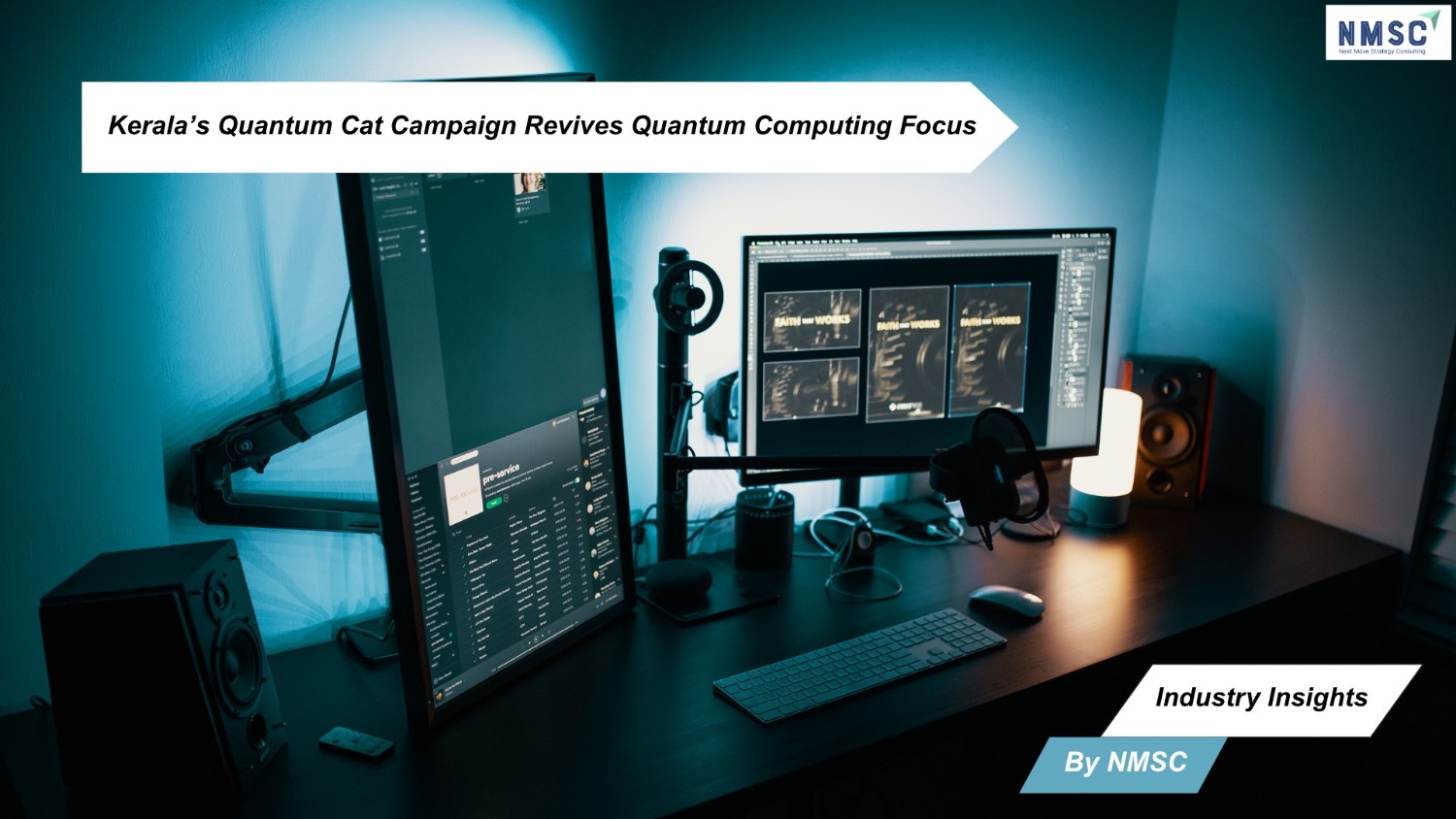Microsoft Projects Ongoing Data Center Shortages into 2026
Published: 2025-10-10

Industry Insights from Next Move Strategy Consulting
As global cloud and AI workloads continue to accelerate, Microsoft Corporation faces a prolonged data center capacity crunch — a development signaling ongoing challenges in meeting unprecedented demand for computing power. According to internal forecasts reported by Bloomberg, capacity shortages across several key US regions are now expected to continue through the first half of 2026, exceeding earlier projections.
Mounting Pressure on Cloud Infrastructure
Microsoft’s Azure cloud platform — the company’s primary growth driver, generating over $75 billion in fiscal 2025 — has experienced constraints in multiple US regions, including Northern Virginia and Texas. These capacity issues have led to temporary restrictions on new Azure subscriptions as the company struggles to balance surging demand for both artificial intelligence (AI) and traditional cloud workloads.
The situation marks an extension of the timeline shared in July by Chief Financial Officer Amy Hood, who previously projected shortages would ease by the end of 2025. Current limitations affect both GPU-driven AI systems and CPU-based workloads that form the foundation of traditional enterprise computing.
Balancing Growth and Capacity
While Microsoft has expanded its global data center footprint — adding more than two gigawatts of capacity over the past year, comparable to the Hoover Dam’s power output — the company acknowledges that demand continues to outpace even its most ambitious forecasts. “It’s been almost impossible to build capacity fast enough since ChatGPT and GPT-4 launched,” said Chief Technology Officer Kevin Scott in early October, highlighting the strain created by AI-driven growth.
To mitigate disruptions, Microsoft is directing customers toward alternative regions with available capacity. However, these adjustments can introduce additional latency and complexity for clients that rely on proximity-based computing resources.
Next Move Strategy Consulting’s View
Next Move Strategy Consulting observes that Microsoft’s data center constraints reflect a broader structural challenge facing the global data infrastructure market. The rapid acceleration of AI workloads — coupled with rising demand for cloud scalability — has redefined how hyperscale providers plan, invest, and deploy capacity.
According to the firm’s analysts, this scenario illustrates an inflection point where the industry must prioritize sustainable expansion, supply chain resilience, and efficient power utilization. As organizations increasingly depend on cloud-based AI and enterprise applications, the balance between performance, availability, and cost will determine future market leadership.
Next Move Strategy Consulting emphasizes that Microsoft’s continued investments signal confidence in long-term demand growth, and these short-term capacity challenges may ultimately catalyze innovation in data center design, automation, and resource optimization.
Customer Impact and Strategic Adjustments
Microsoft has pledged to support customers affected by regional shortages, offering compensation in cases where increased costs or latency occur. In some instances, major clients have diversified workloads across multiple Azure regions or temporarily scaled back deployments until more capacity becomes available.
Apurva Kadakia, Global Head of Cloud and Partnerships at Hexaware Technologies, noted that certain customers have opted to split workloads or explore alternative providers to manage their operational continuity.
Internally, Microsoft has also implemented measures to conserve capacity, including pausing some nonessential projects in affected areas.
Infrastructure Challenges and Outlook
Bringing new data centers online remains a complex, multi-year process — constrained by global supply bottlenecks in semiconductors, transformers, and other critical components. Despite these hurdles, Microsoft continues its large-scale construction efforts aimed at reinforcing its infrastructure and meeting future demand.
While the United States faces the most acute limitations, Microsoft’s European data center regions reportedly maintain sufficient capacity to accommodate new customers without restrictions.
Sustaining Momentum Amid Global Demand
As AI adoption accelerates and cloud usage intensifies, Microsoft’s ongoing data center expansion underscores both the opportunities and constraints shaping the digital infrastructure landscape. The company’s continued investments signal a strategic commitment to maintaining its leadership position in a market defined by scale, speed, and computational intensity.
Source: Bloomberg via Yahoo Finance
Prepared by: Next Move Strategy Consulting
About the Author
 Tania Dey is an experienced Content Writer specializing in digital transformation and market insights. She creates data-driven content that boosts visibility and aligns with emerging trends. Known for simplifying complexity, she delivers engaging narratives that help organizations stay competitive.
Tania Dey is an experienced Content Writer specializing in digital transformation and market insights. She creates data-driven content that boosts visibility and aligns with emerging trends. Known for simplifying complexity, she delivers engaging narratives that help organizations stay competitive.
About the Reviewer
 Debashree Dey is a skilled Content Writer, PR Specialist, and Assistant Manager with expertise in digital marketing. She creates impactful, data-driven campaigns and audience-focused content to boost brand visibility. Passionate about creativity, she also draws inspiration from design and innovative projects.
Debashree Dey is a skilled Content Writer, PR Specialist, and Assistant Manager with expertise in digital marketing. She creates impactful, data-driven campaigns and audience-focused content to boost brand visibility. Passionate about creativity, she also draws inspiration from design and innovative projects.















Add Comment